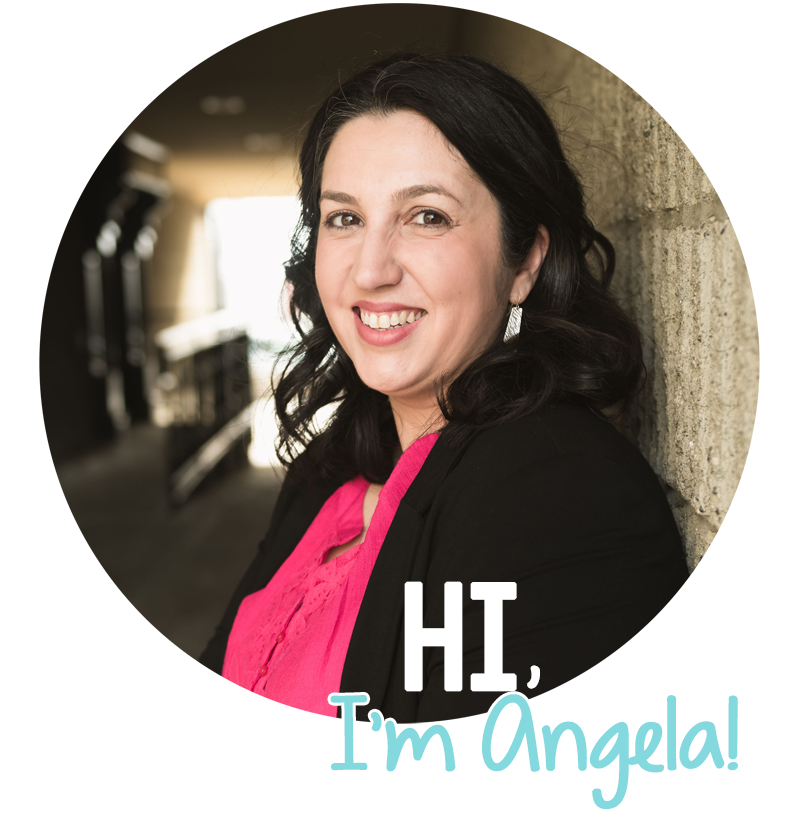Giving students opportunities to share their interests, explore their identities and self-assess their personal awareness are essential parts of the new British Columbia curriculum. We found a fun and engaging way for students to tackle these competencies this year.
Early in the year, our students worked to cover each others’ faces in plaster strips. (You can purchase this at any art store, like Michaels.) It usually comes in large strips, so you’ll need to cut them down ahead of time. Students just wet them with water and smooth on. Don’t forget to coat the face in LOTS of Vaseline first so the mask comes off easily. We dimmed the lights and played some soothing music. The students were very kind and compassionate to one another. We heard things like:
“You’re doing great! We are nearly finished.”
“Do you want me to cover your nose first, or your mouth first?”
“Just take deep breaths, you’re doing awesome.”
It was a great strengthening activity for our growing community.

The masks sat in the cupboard, tucked away until January. We just had too much going on to tackle this job until then. In the end, I actually think this turned out well, because the students thought deeply for months about the pieces they were going to use to represent themselves. Once it was “go time” they had very little trouble stating what they were going to use and why.
As a group, we built criteria for the masks. You can see it in the image below. If you do this task, I encourage you to build criteria with your students as well, but you’re welcome to download a PDF of the criteria sheet we used.
This is my mask. I shared it with the students as an example of meeting the design element criteria, but also as an example of justifying choices. I wrote 5 different versions of my justification, with varying levels of description and attention to punctuation and spelling. Students had to debate the order from 1 (lowest) to 5 (highest). Once determined, these were placed on a bulletin board in the room and used as a reference/self-assessment tool for the writing piece (more on that below) that accompanied their masks.
This mask belongs to one of my students. I love the soccer ball background and the fact that he was comfortable enough to add the flowers to honour the nickname his mother has for him.
Here are the masks all up in the hallway. You can see in this photo the writing pieces students did to accompany their masks. Students were to write to justify each piece placed on their mask. They had to state how it represented their unique personal or cultural identity. They were not able to say things like “I like to read, so I put on a book.” It had to be much deeper than this and really connect to who they were. The majority of the students nailed this job!
One of my favourite pieces of writing. This child is so insightful. Although her mask is not as eye catching as the designs of some others she was accurately able to justify each piece she selected and how it represents her personal and cultural identity.
Finally, students used the Positive Personal and Cultural Identity core competency to self assess. I gave them the profiles directly off of the Ministry site. A copy was under the document camera and we discussed what the vocabulary meant. I was a bit nervous that it would be too wordy for my students, but it really wasn’t. Even in Grade 3 and 4 they were completely able to understand the profiles. We shared as a class some examples of each others’ work that represented the profiles. Finally, students wrote a number in a circle at the top of their paper of the profile number where they felt their work best fit. I was so impressed with how accurately they did this. No one selected the top profile. It was a very powerful little activity!
Next year, I’ll be sure to do this task again. I loved seeing the masks grace our hallway each day. Such a wonderful way to bring us all together and understand each other a little more.
Pin this post.













I love this idea. How many plaster strips would you say per student? Do you think a box of 4inch x 180inch would be enough for a whole class?
Thanks !
I precut the pieces and used a plastic shoebox full and just a little bit more. It wasn't super crammed full, but it was full to the top. It will vary a bit depending on how many layers kids do, but they should do at least 3.
Thanks Angela!
Hi Angela, I love this project…I am just wondering how long the plaster needs to dry enough to remove? How were you able to cover nose and mouth? Thanks!!
Thanks! Mask making is so much fun! The plaster takes about 20 minutes to dry on their face. At that point it is dry enough to take off. I always have students cover the bridge of the nose and just leave the nostrils free. Some students will let you do the lips piece on their face right before you pull it off. Some will let you do both lips and nose. Most of the time I just add pieces afterwards.
Hi, do you have a copy of the 5 examples that students use to self assess?
I just use the document that can be found here, under the "profiles" tab:
https://curriculum.gov.bc.ca/competencies/personal-and-social/positive-personal-and-cultural-identity
Thanks 🙂
The link doesn't seem to be working, do you have a hardcopy? 🙂
The link works for me. Where are you trying to access it from? Email me at angela@funinfourth.ca if you're still wanting it and I'll try and get you some version. 🙂